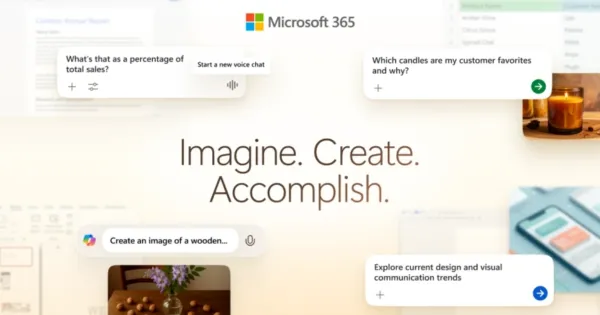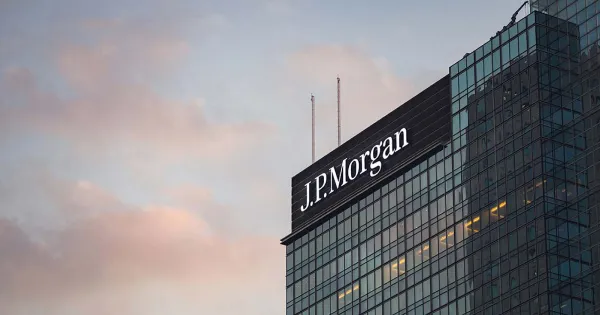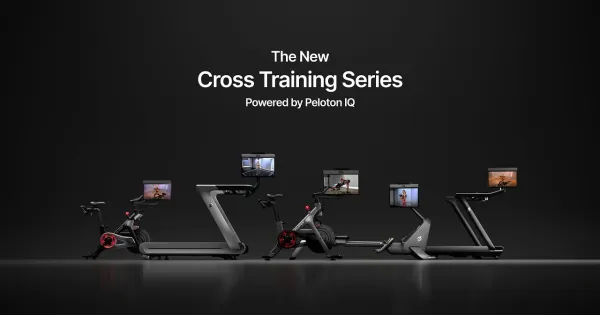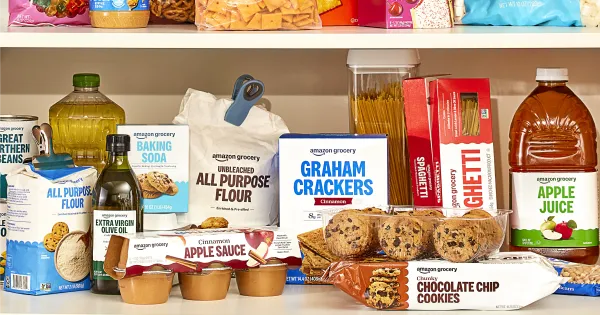Best Buy launches a third-party marketplace with 500 vetted sellers
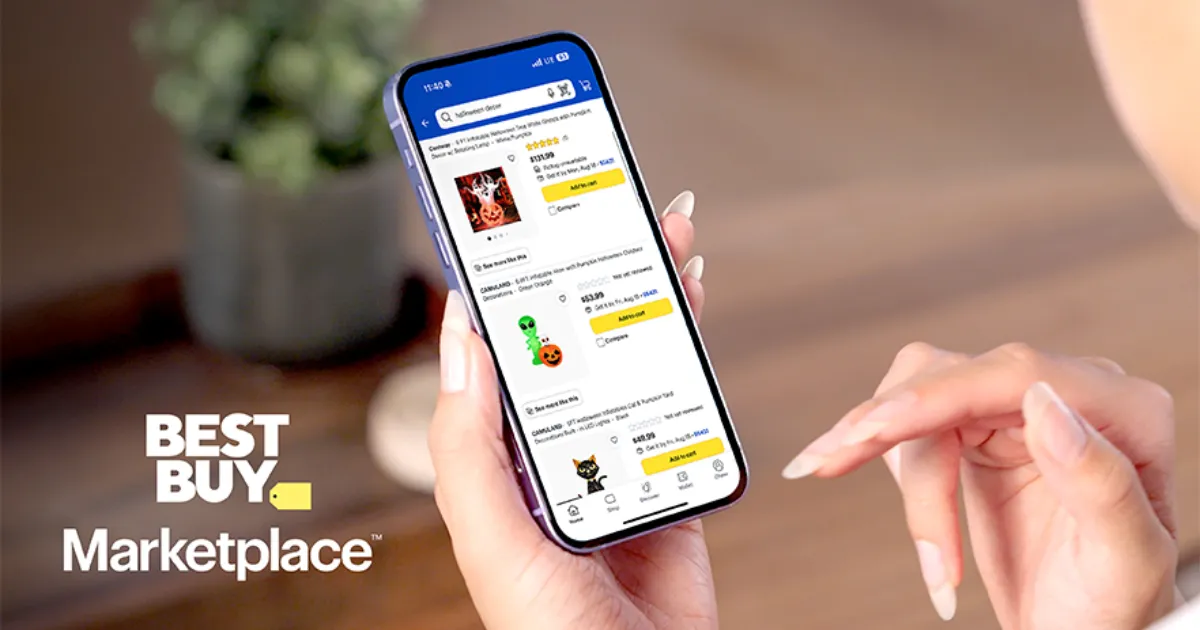
Best Buy is opening its doors to third-party sellers as part of a major effort to diversify its offerings and regain sales momentum. Starting Tuesday, shoppers visiting Best Buy’s website and mobile app will see an expanded assortment of merchandise—including products the retailer hasn’t traditionally carried.
The new marketplace will feature both tech-related accessories, such as custom video game controllers, and non-tech goods like seasonal décor and sports collectibles. The move mirrors strategies from retail giants Amazon and Walmart, which rely on independent sellers to broaden selection and drive online growth.
Filling the Gaps
Jason Bonfig, Best Buy’s Chief Customer, Product and Fulfillment Officer, said the platform addresses shortcomings in the company’s assortment. “Everything we do is really centered around the customer and their technology needs, and we do see customers actually doing a lot of consumer electronics transactions through marketplaces,” he noted.
For example, Best Buy previously lacked items like batteries for older cameras, cases for outdated smartphones, or furniture to complement big-screen TVs. The marketplace also opens the door to smaller vendors with innovative products that aren’t yet ready to scale to Best Buy’s store network.
A Business in Need of a Lift
The launch comes at a pivotal moment for Best Buy. Annual sales have declined over the past three years, pressured by a weak housing market, more cautious consumer spending, and fewer tech upgrades following the pandemic-era surge.
In May, the company lowered its full-year sales outlook, projecting revenue between $41.1 billion and $41.9 billion—flat compared to last year’s $41.5 billion but below pre-pandemic levels. Best Buy will release its latest earnings and forecasts on August 28.
Tariffs have further complicated the consumer electronics landscape, adding costs and diverting vendor resources away from innovation, according to Jefferies retail analyst Jonathan Matuszewski. He emphasized that Best Buy tends to outperform competitors when new technology drives fresh demand.
Riding a Retail Trend
Best Buy is far from alone in pursuing this model. Lowe’s and Nordstrom launched third-party marketplaces in 2023, while Ulta Beauty plans its debut later this year. Target, meanwhile, is expanding its Target Plus platform.
CEO Corie Barry has described the marketplace as a key strategic priority for 2024, highlighting its ability to expand Best Buy’s assortment, offer new price points, and strengthen its growing advertising business. Sellers will be able to purchase ad placements to boost visibility, a profit stream that has proven lucrative for other retailers.
“Marketplaces and the advertising opportunities that come with them tend to drive higher profits for retailers,” said Justin MacFarlane, managing director at consultancy AlixPartners. He noted that third-party sellers absorb the costs and risks of holding inventory, but warned the model carries potential downsides. Poor quality control, inconsistent shipping, or overwhelming customers with irrelevant items can tarnish a retailer’s reputation.
“You get addicted to the growth and more is more until it’s not,” MacFarlane cautioned.
Marketplace at Launch
At rollout, Best Buy’s marketplace will include roughly 500 vetted sellers. Bonfig emphasized that participants were selected carefully to ensure quality and consistency. All sellers must match Best Buy’s return policy, allowing customers to return items either to stores or directly to the seller.
By combining broader product offerings with an advertising-driven revenue stream, Best Buy hopes its marketplace will provide the sales lift the retailer needs—without losing sight of its identity as a destination for tech-driven lifestyles.


